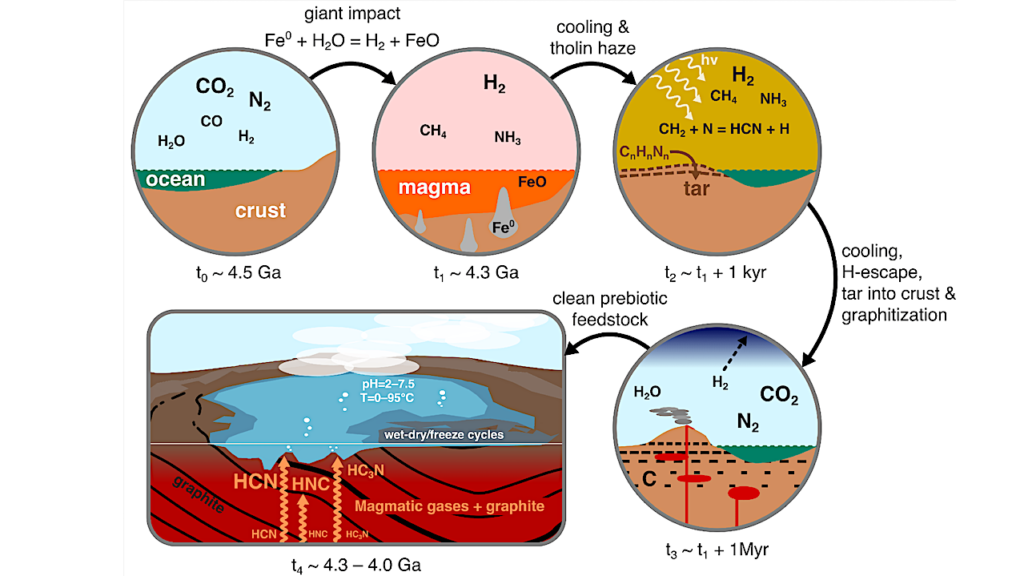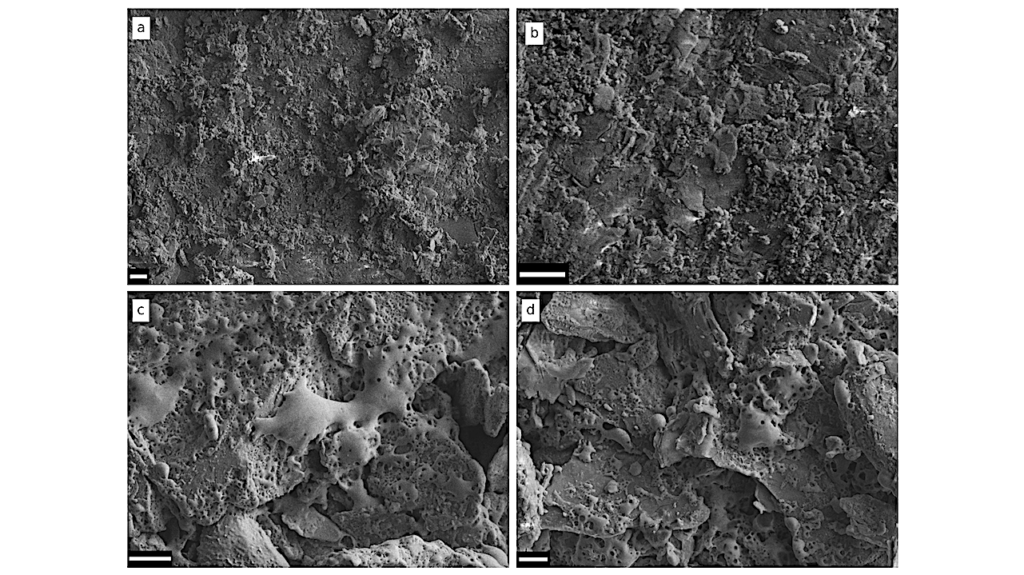Impact of Clouds on the Detectability of Oxygen, Water, and Methane with Future Direct Imaging Missions

In the near-future, atmospheric characterization of Earth-like planets in the habitable zone will become possible via reflectance spectroscopy with future telescopes such as the proposed LUVOIR and HabEx missions.
While previous studies have considered the effect of clouds on the reflectance spectra of Earth-like planets, the molecular detectability considering a wide range of cloud properties has not been previously explored in detail. In this study, we explore the effect of cloud altitude and coverage on the reflectance spectra of Earth-like planets at different geological epochs and examine the detectability of O2, H2O, and CH4 with test parameters for the future mission concept, LUVOIR, using a coronagraph noise simulator previously designed for WFIRST-AFTA.
Considering an Earth-like planet located at 5 pc away, we have found that for the proposed LUVOIR telescope, the detection of the O2 A-band feature (0.76 μm) will take approximately 100, 30, and 10 hours for the majority of the cloud parameter space modeled for the atmospheres with 10%, 50%, and 100% of modern Earth O2 abundances, respectively. Especially, for {the case of ≳50%} of modern Earth O2 abundance, the feature will be detectable with integration time ≲10 hours as long as there are lower altitude (≲8 km) clouds with a global coverage of ≳20%. For the 1% of modern Earth O2 abundance case, however, it will take more than 100 hours for all the cloud parameters we modeled.
Theoretical Reflectance Spectra of Earth-Like Planets through Their Evolutions: Impact of Clouds on the Detectability of Oxygen, Water, and Methane with Future Direct Imaging Missions
Yui Kawashima, Sarah Rugheimer
(Submitted on 1 Apr 2019)
Comments: 16 pages, 10 figures, accepted for publication in AJ
Subjects: Earth and Planetary Astrophysics (astro-ph.EP)
Cite as: arXiv:1904.01019 [astro-ph.EP] (or arXiv:1904.01019v1 [astro-ph.EP] for this version)
Submission history
From: Yui Kawashima
[v1] Mon, 1 Apr 2019 18:00:01 UTC (3,936 KB)
https://arxiv.org/abs/1904.01019
Astrobiology








